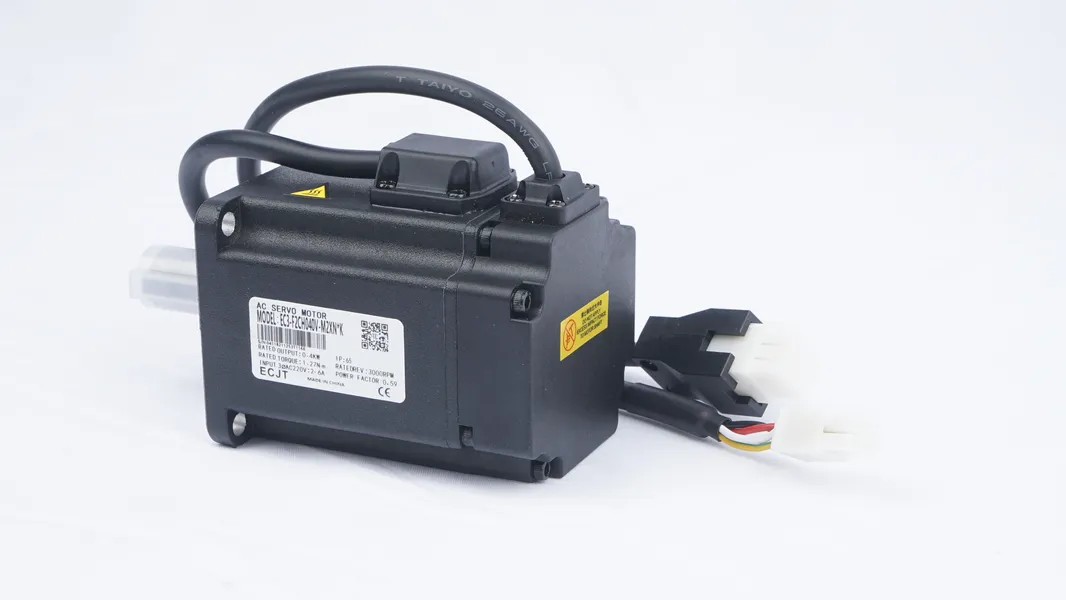How to check servo motor?
2023-08-25 13:59:06
Checking a servo motor is an important step in ensuring that it functions properly and provides accurate movement. Servo motors are commonly used in a variety of applications, from robotics and automation to manufacturing and aviation.
To check a servo motor, you will need a few tools and materials, including a servo motor, a servo tester or an Arduino board, and some jumper wires. You will also need a power source and a servo horn or wheel.
The first step in checking a servo motor is to prepare the motor and the tools you will be using. First, attach the servo horn or wheel to the servo shaft using the appropriate screws or nuts. This will allow you to see the movement of the servo and make any necessary adjustments.
Next, connect the servo to a power source, such as a battery or a power supply. You will also need to connect the servo tester or Arduino board to the servo, using the jumper wires. This will allow you to control the movement of the servo and make any necessary adjustments.
Once everything is connected and ready to go, you can begin the process of checking the servo motor. The first thing you will need to do is determine the current position of the servo. This can typically be done by manually moving the servo horn or wheel and observing the position of the servo shaft.
Once you have determined the current position of the servo, you can use the servo tester or Arduino board to send a pulse width modulation (PWM) signal to the servo. The pulse width of the PWM signal determines the position of the servo, with a pulse width of 1.5 milliseconds corresponding to the neutral position.
To check the servo, you will need to use the servo tester or Arduino board to send a series of PWM signals to the servo, moving it through its full range of motion. As the servo moves, you should observe the movement of the servo horn or wheel and the position of the servo shaft.
If the servo is moving smoothly and accurately, and the servo shaft is rotating in the expected direction, the servo is likely functioning properly. However, if the servo is not moving smoothly or is not reaching the minimum and maximum positions, there may be a problem with the servo.
In some cases, the problem may be caused by a faulty servo or a problem with the servo's control electronics. If this is the case, you may need to replace the servo or repair the control electronics in order to fix the problem.
In other cases, the problem may be caused by incorrect settings or incorrect wiring. If this is the case, you may need to adjust the settings of the servo tester or Arduino board, or check the wiring to ensure that everything is connected properly.
It's important to note that checking a servo motor can be a delicate process, and it may take some time and patience to get it right. However, with the right tools and a careful approach, you can ensure that your servo motor is functioning properly and providing accurate movement.
In conclusion, checking a servo motor is an important step in ensuring that it functions properly and provides accurate movement. By following the steps outlined above, you can check your servo motor and take the necessary steps to fix any problems.
See What Lunyee Can Do For You
Contact Us
- 8619149417743
- +86-0371-5562 0274
- [email protected]
- Zhengzhou, Henan Province, China
- Mon-Fri: 9:00 - 18:00




